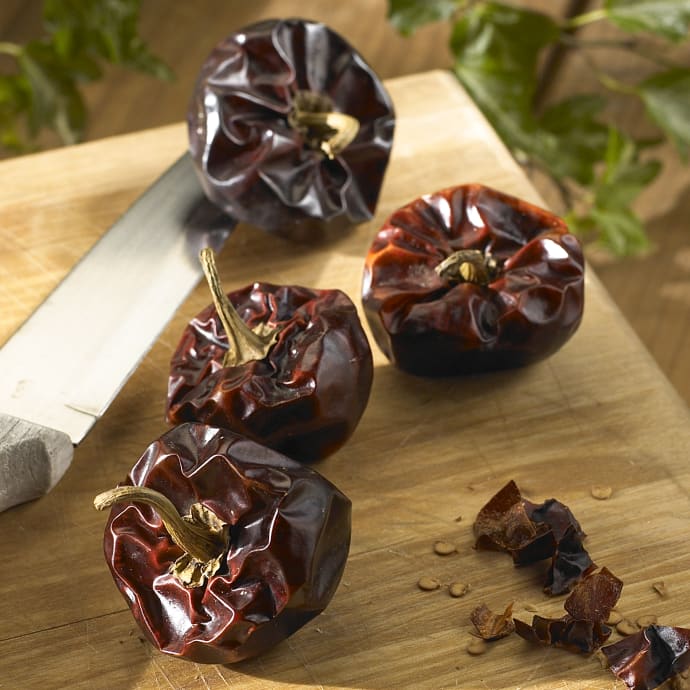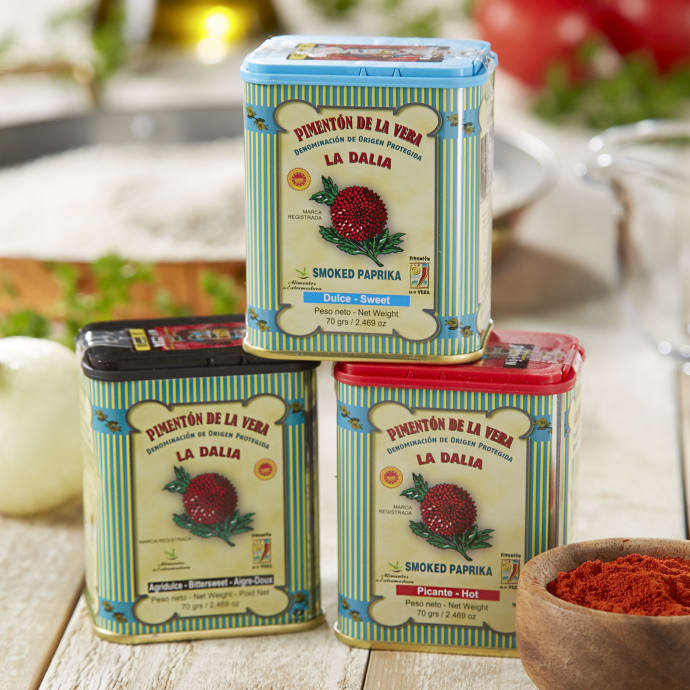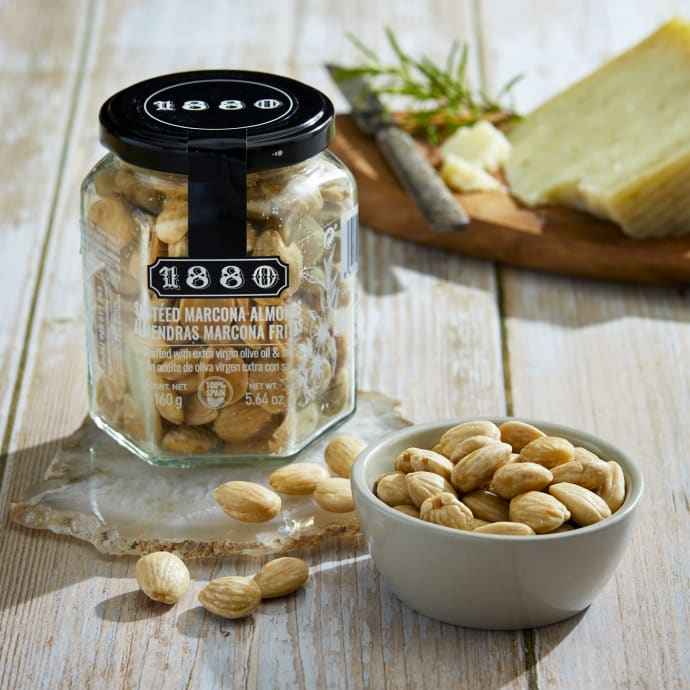Amy Scattergood
Sometimes a sauce is more than, well, just a sauce. Discovered for the first time — on a menu, in a cookbook — it looks ordinary enough. But in one bite such a sauce transforms the dish, then the meal, then the diner.
If you think I'm overstating, then you've never experienced a good romesco sauce.
This classic Catalonian sauce — thick as pesto, the color of rust, textured with nuts and a bit of fried bread — packs an astonishing amount of flavor into small acreage. Earthy, toothsome, definitely habit-forming, romesco is rough magic in a bowl.
It's also surprising, as nut sauces can often be, because at first you can't quite place the earthy undertones and complex textures. High notes of sherry and paprika yield to the deep flavors of hazelnuts and almonds; sweet octaves of tomato and pepper follow next, then there's an aftershock of garlic, maybe another of chile.
Because it's a sauce built with healthful nuts instead of, say, butter, a romesco is more than just an aesthetic addition or a flavor boost to a dish. Paired with bread or onions, it can be a satisfying course unto itself. You can also ladle it into soups or over lamb, fish kebabs or grilled vegetables. Serve it as a condiment. Eat it out of the bowl with a spoon.
Romesco isn't a hot sauce. It's a subtle cohesion of flavors and textures, with a little sweet heat and depth but nothing overpowering. The nuts form the base of the sauce and give it a slightly rough texture. And the bread isn't a thrifty cook's filler, but a way to smooth and balance the nuts and add body.
The intricate notes of nut and spice underscore delicate flavors — briny seafood, sweet onions — without overwhelming them, providing a little punch rather than a knockout.
Traditionally, romesco is made with the dried Spanish pepper called nora. It's available in stores supplied by Spanish importers or online, including at Amazon and www.tienda.com.
Because the peppers weren't always so easy to find outside Spain, many cooks have improvised. Some like making romesco with anchos, but I like the verisimilitude of using the Mexican pepper cascabel, which has the same earthy notes as the nora but is hotter.
For the noras in the recipe, substitute two dried cascabels and a charred red bell pepper, plus a tablespoon of minced flat-leaf parsley, and you'll have a romesco with more depth and bite than a traditional version.
The classic version, with more finesse and less heat, showcases the delicate notes of the nuts and a sweet Spanish paprika. For an additional touch of refinement, use plump Marcona almonds with the hazelnuts. If you use salted Marconas, adjust the salt in the recipe to taste.
Read full article...





